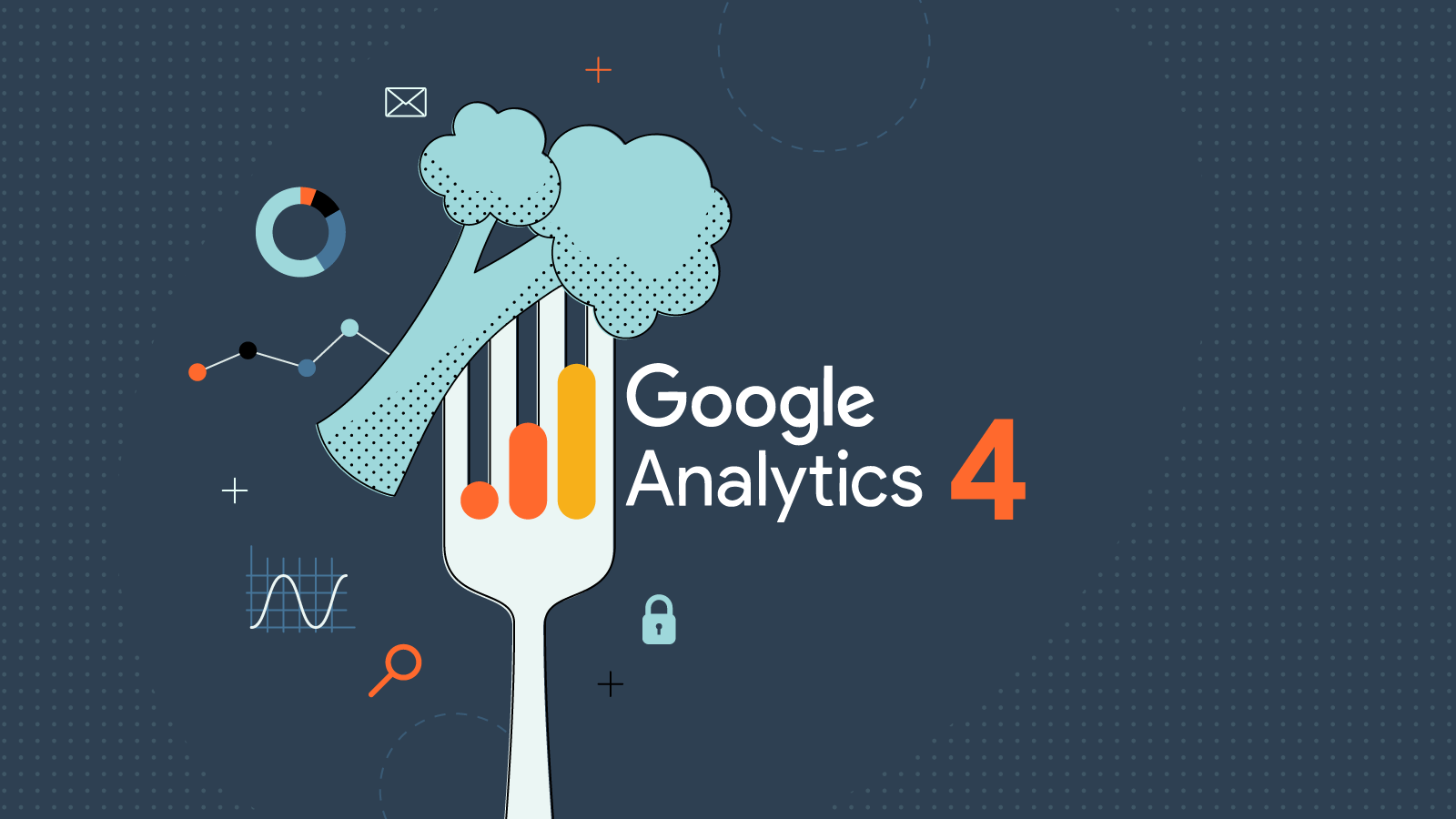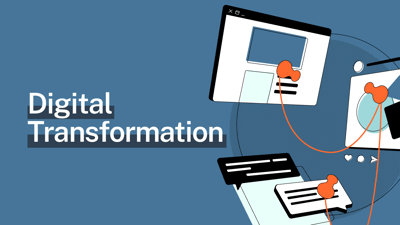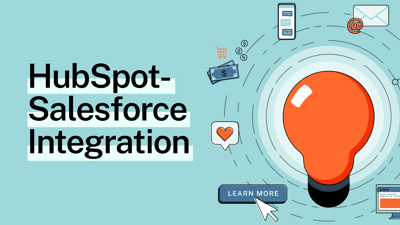Time to Eat Your Data Driven Vegetables: A Guide to Google Analytics 4

Any mention of Google Analytics 4 used to be quickly followed by a deluge of vomit emojis. Marketers didn’t like it, clients didn’t like it, even data professionals were iffy on the supposed successor to the tried and true Universal Analytics. I was no different.
We’ve known GA4 would be replacing Universal Analytics “someday” but mostly wrote that off as another one of Google’s plans that would likely never come to fruition. Why would it? GA4 was universally dismissed (pun intended). So when Google announced a few months ago that Universal Analytics would be officially sunsetted, I, along with most of my marketing cohort, had a minor anxiety attack, a bit of a temper tantrum, and then settled in to determine what to make of this new curve ball.
And it turns out, we were wrong. Wild I know, but ehh it happens sometimes. 🤷♂️
After spending the last few months researching, testing, and actually getting my hands dirty in the system, I can confidently say this: Google Analytics 4 is the best thing to happen to the nonprofit industry this year.
Skeptical? I’ve got you.
Here’s 5 really damn good reasons why nonprofits should switch to Google Analytics 4.
1. You kinda have to
Let’s get this one out of the way real quick. Google is sunsetting Universal Analytics in July 2023, meaning we have about one year from this publication to get our ducks in a row before UA stops processing new data. In order to keep tracking your digital marketing efforts, you’re going to have to make the switch. If your organization does not currently have Google Analytics implemented, all new implementations will only be able to use GA4 from here on out.
Measurement is one of the best ways to evaluate, optimize, and plan your marketing efforts. Without it you’re risking committing “random acts of marketing” by just throwing things at the wall and hoping they work. Fine for pasta, kinda crap for marketing.
Google Analytics 4 is a powerful tool in your marketing arsenal, and…it's free. Win win. Easy money.
2. Clear out the clutter
One of my biggest complaints about Universal Analytics is that it is essentially a one-size-fits-all product. It has been developed to fit the most common denominator: for-profit ecommerce.
Building a one-size-fits-all platform may get the job done, but it creates a few key problems. Namely, clutter and a lack of customization. When implementing Universal Analytics, you’re provided ALL the metrics and all the data, regardless of whether that data is relevant for your industry or organization. Customization is possible, but it is a complex system of goals and events that have to be custom coded and for which tracking is…aggravating at best, downright impossible at worst. For nonprofits, this issue is compounded. While we fully support using for-profit methods to enhance nonprofit marketing efforts (in fact it’s our entire business foundation), there are drawbacks to using software geared toward a consumer journey and not a donor journey.
Here’s the good news: Google Analytics 4 is not a one-size-fits-all analytics platform. GA4’s systems allow you to set up your implementation specifically to track the information and user actions that are important to YOU; not your competitor, not for-profit industry standards. You. Does it take more time to initially implement? Yes. But what you get at the end of that implementation is an analytics tool completely customized to your needs and set up to optimize based on your organization's specific goals.
3. Measure What Matters
Have you ever sat in a meeting staring listlessly at a neverending spreadsheet of KPI metrics that never seem to translate to actionable insights? It’s a recurring stress dream of mine.
GA4’s entire system feels designed to move us away from that nightmare.
While GA4 does provide some standardized reports, it relies heavily on what they call Explorations, their custom reporting feature. By primarily utilizing custom reporting, GA4 encourages users to start with a question.
“What is the conversion rate between my landing page and my donation form?”
“What cities are my new leads from?”
When I teach measurement strategy, I always have our clients start with a question. Then we determine what you’re going to do whether you receive a positive or negative answer to your question. GA4 is designed to help answer your question so you can optimize directly against the result. It heavily supports building customized funnels, so you can understand the conversion rate between each step of your process, instead of only looking at one overall conversion rate. Users can group custom reports under one umbrella Exploration, so all the information you need about a specific element of your marketing is in one easy-to-access place.
Get in the habit of using these, and soon the unactionable KPI spreadsheets will be a thing of the past.
4. My least favorite word in marketing: Attribution
Attribution is a method of assigning credit for an action to a specific marketing channel, or piece of content. This credit can be assigned using a variety of different models. Last-touch (meaning the last channel or content the user engaged with before converting) has historically been the most prominent, and is what Universal Analytics uses for all their standard reporting.
The problems with Last Touch attribution are numerous especially over the evolution of the way users engage with the internet. Which channel should get the “credit” if you’re using a multi-channel approach? Every day there is a new blog article arguing over which way is the “right” way to model attribution, and unfortunately there never seems to be much consensus.
GA4 helps you tackle this issue in two ways. First, they let you set what attribution model you’d like to use across the system. Their recommendation, which we support, is to use Google’s Data-driven attribution model. But if your organization is using a different attribution model across your marketing efforts you can select that model type at set up and see all your data within that model.
However, setting a custom attribution model still doesn’t solve that question of “who gets the credit?”. GA4 splits standard reports into three categories: Acquisition, Engagement, and Monetization. This, to me, is one of the best new features of GA4. By doing so, we shift the focus away from “who gets the credit” to: which channels most impact users at different stages of their life cycle. This feature allows us to determine which channels or content are best at bringing in new users, which are best at cultivation, and which are best at sealing the deal. This means you can optimize your efforts at every stage of a user’s journey and not just at the conversion point. This mindset is integral to a multi-channel marketing strategy.
5. Build your Data Arsenal
I cannot think of a single time where I would ONLY use GA4 for measurement/optimization work. Whenever I am working in data analytics I’m almost always looking at GA, the Email Service Provider, the donation platform, and any other data sources a client has. Different systems will often have the answers to different types of questions.
What I like about GA4 is it does a great job at filling in the gaps that some of these other systems have. For example, HubSpot is fantastic at tracking what creative assets or marketing efforts influenced revenue. However it’s not my go-to for being able to track granular conversion rates between steps of a funnel; for that I use GA4. These systems work in tandem with each other to provide you with data needed to make optimization decisions. By making sure you have each of them set up correctly, there is almost never a question you can’t answer about what you should be doing with your marketing efforts.
Like many things, measurement requires the right tool for the right job. Adding Google Analytics 4 is the first step to building your arsenal, or your tool box, or your kitchen drawer. Whatever analogy you want to use, it’s worth it.
We Can Help You Implement GA4
Implementing Google Analytics 4 is likely one of the most impactful things your organization could do this year to quickly level up your marketing efforts. Not sure where to start? We’ve got you covered. I’m hosting free strategy calls and you can book it here.




